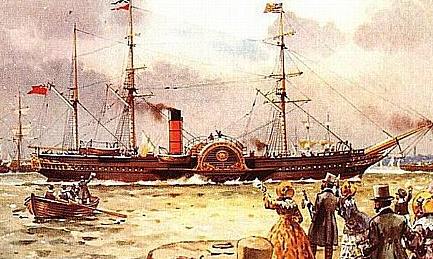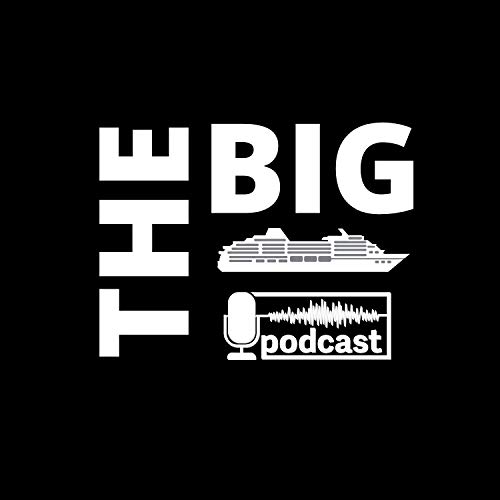Britannia

With Samuel Cunard winning the British Government contract to provide the first regular transatlantic steam mail service, he formed the British and North American Royal Mail Steam Packet Co. The line was quickly referred to as ‘Cunard’s Line’.
Working with Robert Napier, as well as others, Samuel Cunard commissioned four paddle steamers. The first of ship, Britannia, was launched on 5 February 1840. A twin paddle, steam powered ship, Britannia has a top speed of 9 knots allowing her to complete the transatlantic crossing in fourteen days.
With Britannia, Cunard commenced a fortnightly mail service between Liverpool, Halifax and Boston. Britannia commenced her maiden voyage on 4 July 1840; which was Samuel Cunard’s Birthday and coincided with the American celebration of independence.
Upon arriving in Boston, Samuel Cunard – who was travelling with Britannia – was invited to over 1,837 dinner parties. Such was the sense of gratitude from the people of Boston that their city had been selected for the new Cunard service.
This admiration and respect for Cunard was further emphasised when, during a voyage in February 1844, Britannia became trapped in the ice in Boston Harbour. Hearing of the drama, the citizens Boston congregated and cut a 7 mile escape channel at their own expense; allowing Britannia to escape to safety.
In September 1847, Britannia became stranded at Cape Race, and although the ship was subsequently repaired at New York, Cunard opted to withdraw from this service in November 1848
In March 1849 Britannia departed the United Kingdom, having been sold to the German Navy. Upon arrival in Bremen, the ship was renamed Barbarossa. In 1852 she was transferred to the Prussian Navy under the same name. Britannia’s career ended in 1880 when she was sunk whilst being used as a target ship.
Image source: Wikimdia Commons


